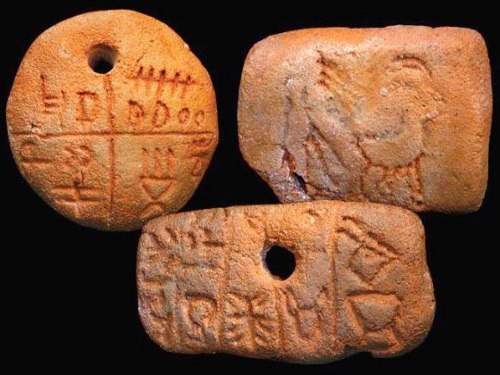The Vinča culture, an archaeological phenomenon from the Neolithic era, holds significant importance.
This culture once spanned a broad geographical area encompassing present-day Serbia, the western parts of Romania and Bulgaria, North Macedonia, and the eastern parts of Bosnia and Slavonia. It derived its name from the site Vinča-Belo Brdo, with the initial excavation conducted by Miloje Vasić in 1908. Although World War I temporarily halted the research, it resumed afterward, putting Vinča back in the archaeological spotlight between 1929 and 1931.
Preceding Vinča was the Starčevo culture, another ancient European Neolithic culture that contributed to pottery and agricultural innovations imported from Anatolia. The debate surrounding the origin of the Vinča culture persists, with some proposing it as a product of new migrations from Anatolia, while others argue for its development from the Starčevo culture.

These early European farmers likely represented a blend of Old European and Mediterranean populations. Their advanced agricultural practices, introducing common wheat, oat, and flax, propelled the culture’s growth. Renowned for their pottery and anthropomorphic figurines, the hundreds of these figurines suggest the emergence of religious practices. The primary cult focused on fertility, the life cycle, and the harvest, all intertwined with nature and the changing seasons.
Metallurgy played a crucial role in Vinča society, with research confirming it as one of the earliest copper production sites. Evidence of this was discovered at Belovode and Rudna Glava locations.
SUPPORT
You like our content? Consider following us on our social media platforms here for more updates on our content!
